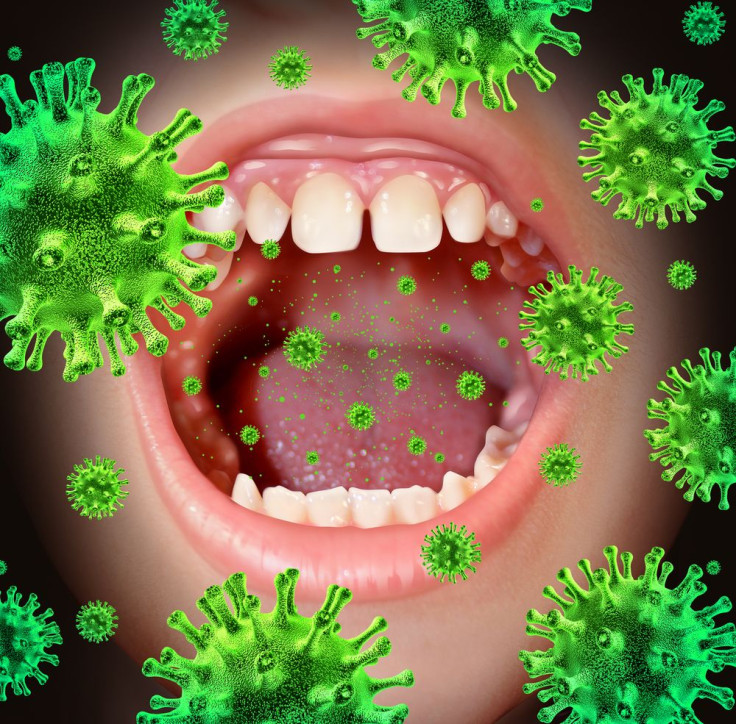Viral Infections Spread By Only 20% Of Population: What Makes Super-Spreaders So Contagious

Although we instinctually stay away from the outwardly sick, it’s the perfectly healthy that may do the most damage. According to Andrew Lee, senior clinical lecturer at the University of Sheffield in England, most infections are spread by people who fail to show any symptoms. This is explained by the 80/20 rule, phenomena observed in both human and animal populations that speculate that 80 percent of all infections are spread by only 20 percent of the infected. These 20 percent are aptly named “super-spreaders,” and they are truly a force to be reckoned with.
Lee explains that although many scientists acknowledge the existence of super-spreaders, they aren’t quite sure what causes their super-spreading capabilities, as reported in The Independent. It’s believed that it may lie in how their body chooses to fight off an infection. For example, when most of us become sick our immune systems fight back to defeat the invading pathogen. In the fight against the infection, our bodies usually receive a bit of collateral damage, hence our feeling poorly.
It’s suspected that super-spreaders are able to tolerate an infection. The pathogen is able to live inside the body without inciting an attack from the immune system. This causes the person to have little or no symptoms, but still be highly contagious.
This theory has been supported in animal studies. Researchers purposely created super spreader mice and found that although they shed considerable amounts of bacteria they also experienced poor health. Mice that were natural super spreaders did not experience poor health. Furthermore, when the researchers suppressed the immune system response of non-super-spreader mice their health improved.
In his article, Lee highlights that one of the biggest implications of super spreaders is their inability to show symptoms.
“Such individuals are a hidden threat who would continue to live and move freely within their communities where they could unwittingly transmit infection on to others,” Lee wrote.
There have already been documented cases of outbreaks suspected to be steamrolled by super-spreader. For example, the Severe Acute Respiratory Syndrome pandemic in 2003 was reported to have 75 percent of infections specifically linked to these super-spreaders.
There are more than biological factors in the creation of super-spreaders. In his 2010 study, Dr. Richard Stering from Princeton University highlights that co-infection with other pathogens, changes in airflow dynamics, delayed hospital admission, misdiagnosis, and inter-hospital transfers all play a role in the super-spreading event.
“Predicting and identifying super-spreaders open significant medical and public health challenges, and represent important facets of infectious disease management and pandemic preparedness plans,” wrote Stein.
Super-spreaders may be identified via mass screenings, contact tracing, and isolation of infected victims, but as we’ve learned from past outbreaks, including the current Ebola outbreak, these methods are not foolproof.
Still, it’s important that more effective methods to identify these important individuals are developed because, as Lee puts it, “if the 20 per cent of infected individuals who spread 80 per cent of infections are identified early and managed appropriately, 80 per cent of onward infections within the community could be avoided – a tantalizing prize for public health.



























